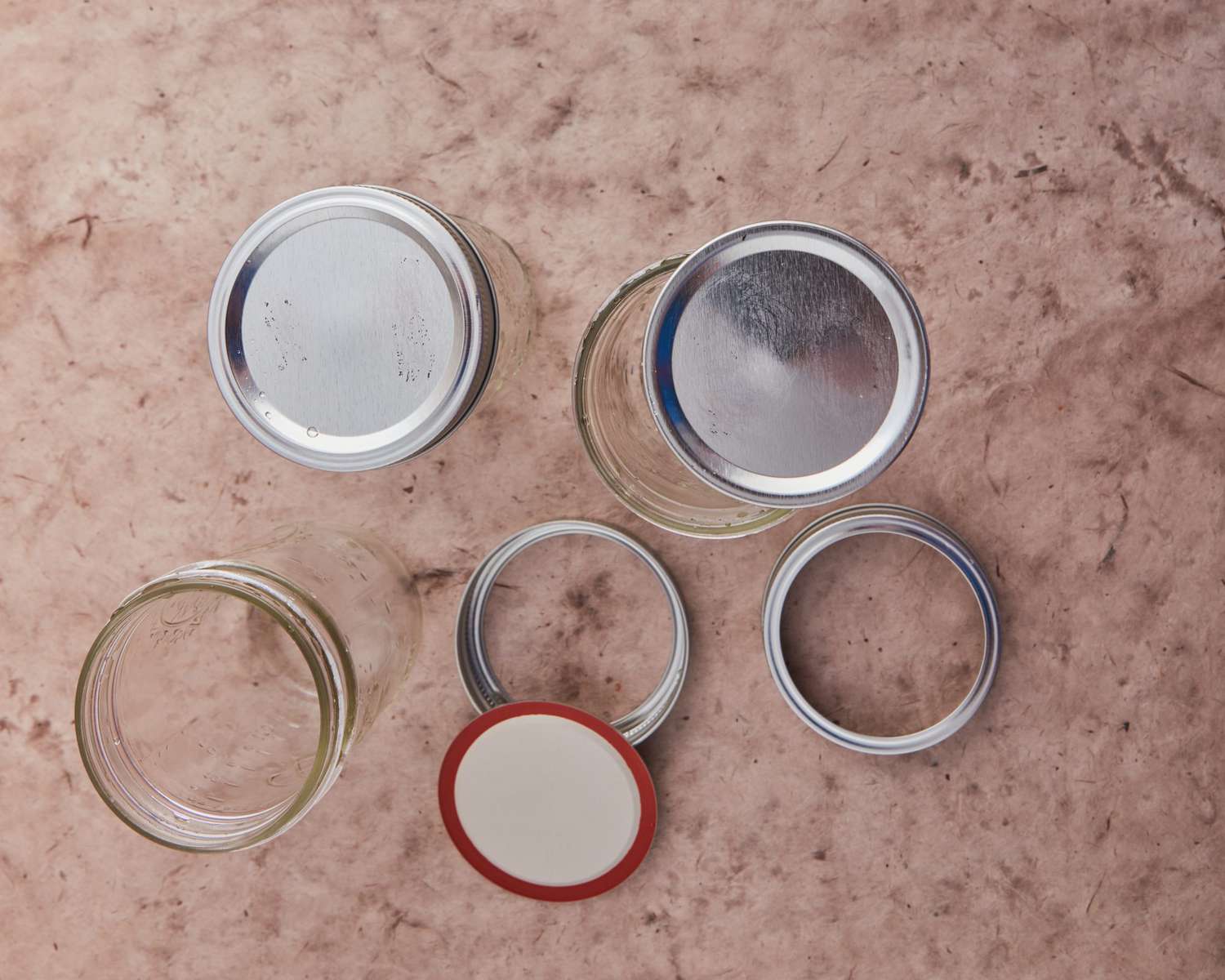

Articles
How To Store Canning Lids
Modified: January 18, 2024
Learn how to properly store canning lids in this informative article. Discover tips and techniques for keeping your lids organized and in optimal condition.
(Many of the links in this article redirect to a specific reviewed product. Your purchase of these products through affiliate links helps to generate commission for Storables.com, at no extra cost. Learn more)
Introduction
Properly storing canning lids is essential for maintaining their quality and ensuring successful canning results. Canning lids play a crucial role in sealing jars and preserving the food inside. If not stored correctly, they can become damaged or lose their effectiveness, leading to spoiled food or failed sealings. In this comprehensive guide, we will explore the importance of proper storage for canning lids and provide you with recommended methods and step-by-step instructions on how to store them effectively.
Whether you are an amateur canner or an experienced home preserver, understanding how to store your canning lids can greatly impact the success of your canning endeavors. By following the right storage practices, you can prolong the shelf life of your lids, maintain their integrity, and ensure they are in optimal condition when it’s time to use them.
There are several factors to consider when it comes to storing canning lids. Factors such as temperature, humidity, light, and proper organization can significantly affect the longevity and quality of the lids. By taking these factors into account, you can prevent spoilage, maintain a tight seal, and maximize the freshness of your canned goods.
In the following sections, we will explore the recommended methods for storing canning lids and provide you with a step-by-step guide to help you store them properly. Additionally, we will share some additional tips and tricks to help you optimize the storage of your canning lids.
Now, let’s delve into the importance of proper storage for canning lids and discover the best practices for keeping them in top-notch condition!
Key Takeaways:
- Proper storage of canning lids is crucial for maintaining seal integrity, preserving freshness, and avoiding rust. Follow recommended methods and consider factors like temperature and humidity for successful canning projects.
- Organize, label, and store canning lids in a cool, dry place to ensure reliable results and minimize waste. Keep spare lids handy, rotate stock, and consider freezing lids for extended shelf life.
Read more: How To Store Canning Jars
Importance of Proper Storage for Canning Lids
Properly storing your canning lids is of utmost importance to ensure the success of your canning projects and the longevity of your preserved foods. Here are several key reasons why proper storage is crucial:
1. Maintaining Seal Integrity: Canning lids are designed to create an airtight seal, preventing air and bacteria from contaminating the contents of your jars. Improper storage can lead to bent or damaged lids, compromising their ability to form a proper seal. This can result in spoiled food or even dangerous bacterial growth.
2. Preserving Freshness: When stored correctly, canning lids help to retain the freshness of your preserved foods. By keeping air and moisture at bay, they protect against oxidation and the growth of mold or bacteria. This ensures that your canned goods stay delicious and safe to consume for an extended period.
3. Avoiding Rust and Corrosion: Canning lids are typically made of metal, such as tin or steel, which can rust if exposed to moisture or environmental factors. Storing lids in a damp or humid environment can accelerate rust formation, rendering the lids unusable. Proper storage techniques can protect against rust and corrosion, prolonging the lifespan of your canning lids.
4. Minimizing Waste: Canning lids are not reusable, as the sealing compound on the underside is designed to create a one-time seal. If lids are not stored properly and become damaged or contaminated, you may need to discard them, resulting in unnecessary waste and additional expenses to purchase new lids.
5. Ensuring Reliable Results: When you invest time and effort into canning your produce, you want reliable and consistent results. Storing canning lids properly helps to ensure that they function as intended, providing you with a high success rate when it comes to sealing your jars. This eliminates the frustration and disappointment that can come from failed seals or spoiled food.
By recognizing the significance of proper storage for canning lids, you are taking a proactive step towards achieving successful and safe canned goods. By implementing the recommended storage methods and techniques, you can preserve the quality and integrity of your canning lids, ultimately leading to successful canning projects and a pantry stocked with delicious produce.
Factors to Consider Before Storing Canning Lids
Before you store your canning lids, it is important to consider several factors that can affect their longevity and effectiveness. By taking these factors into account, you can ensure optimal storage conditions for your lids. Here are some key factors to consider:
1. Temperature: Canning lids should be stored in a cool, dry place. High temperatures can cause the sealing compound on the lids to deteriorate, leading to failed seals. Avoid storing lids in areas exposed to direct sunlight or near heat sources, such as ovens or stoves.
2. Humidity: Moisture can lead to rust and corrosion on canning lids, compromising their integrity. It is crucial to store lids in a low-humidity environment to prevent rust formation. Avoid storing them in areas with high moisture levels, such as basements or bathrooms.
3. Light: Excessive exposure to light can degrade the sealing compound on canning lids over time. It is best to store lids in a dark or minimally lit area. Consider using opaque containers or drawers to protect the lids from light exposure.
4. Organization: Proper organization is key when it comes to storing canning lids. Keep lids in a designated storage container or drawer to prevent damage or misplacement. Organizing them by size and type can make it easier to locate the lids you need when canning.
5. Avoiding Moisture and Contamination: Moisture and contaminants can compromise the sealing compound on canning lids, leading to failed seals. Store lids in a clean, dry environment, away from chemicals or substances that could contaminate them.
6. Avoiding Extreme Temperatures: Extreme temperatures, whether excessively hot or cold, can negatively impact the quality of canning lids. Avoid storing them in areas prone to extreme temperature fluctuations, such as attics or unheated garages.
7. Check Expiration Dates: Canning lids have a limited shelf life. Before storing them, check the expiration dates on the packaging. Using expired lids can result in failed seals and compromised food safety.
By considering these factors and implementing proper storage practices, you can ensure that your canning lids remain in optimal condition, ready to provide reliable seals and preserve your canned goods effectively. taking care of these factors will help you maintain the quality of your canning lids and ensure successful canning projects.
Recommended Methods for Storing Canning Lids
Proper storage of canning lids is essential to maintain their quality and prevent damage. Here are some recommended methods for storing canning lids:
1. Original Packaging: One of the simplest ways to store canning lids is to keep them in their original packaging. The packaging is designed to protect the lids from moisture, light, and contaminants. Place the unopened packages in a cool, dry place away from direct sunlight.
2. Air-Tight Containers: Alternatively, you can transfer the canning lids to air-tight containers that provide an extra layer of protection. Mason jars, plastic containers, or metal tins with tight-fitting lids are ideal for this purpose. Make sure the containers are clean, dry, and free from any residues that could contaminate the lids.
3. Vacuum-Sealed Bags: To further extend the shelf life of your canning lids, you can consider vacuum-sealing them in bags or pouches. This method removes air and moisture, providing an additional layer of protection against rust and corrosion. Use a vacuum sealer or manually remove as much air as possible before sealing the bags.
4. Silica Gel Packs: Moisture is one of the main culprits that can compromise canning lids. To absorb excess moisture, consider adding silica gel packs to your storage containers or bags. These packs help maintain a dry environment and prevent rust formation on the lids.
5. Store Flat: When placing canning lids in storage, store them flat rather than stacking them on top of each other. Stacking can cause bending or warping of the lids, which can affect their ability to form a proper seal.
6. Label and Rotate: To stay organized and prevent using expired canning lids, label each package or container with the purchase or expiration date. Rotate your stock by placing the newer lids at the back and using the older ones first. This helps ensure that all your lids are used before their expiration date.
7. Temperature-Regulated Storage: If you have access to a temperature-regulated storage area, such as a root cellar or pantry with a consistent temperature and low humidity, it can be an ideal location to store your canning lids. These controlled environments help prolong the shelf life of the lids and maintain their quality.
Remember to always consider the factors mentioned earlier and choose a storage method that suits your specific needs and available resources. By following these recommended methods, you can ensure that your canning lids remain in excellent condition, ready to provide reliable seals for your home-canned goods.
Store canning lids in a cool, dry place away from direct sunlight. Keep them in their original packaging or in airtight containers to prevent moisture and dust from affecting their seal.
Step-by-Step Guide to Storing Canning Lids
Follow this step-by-step guide to store your canning lids properly:
Step 1: Inspect the Lids
Before storing your canning lids, inspect them for any signs of damage or defects. Discard any lids that are bent, dented, or have a compromised sealing compound. Only use lids that are in good condition to ensure successful canning.
Step 2: Clean and Dry
Ensure that the lids are clean and free from any debris or residues. You can wash them with warm soapy water and rinse them thoroughly. Allow the lids to dry completely before storing them to prevent moisture buildup and potential rusting.
Step 3: Choose a Storage Method
Select a suitable storage method based on your preference and available resources. You can keep the lids in their original packaging, transfer them to air-tight containers, or vacuum-seal them in bags. Consider adding silica gel packs to absorb excess moisture.
Step 4: Organize and Label
If storing the lids in containers, organize them by size and type for easy access. Label the containers with the purchase or expiration date to keep track of their freshness. Place the newer lids at the back and use the older ones first to ensure rotation.
Step 5: Store in a Cool, Dry Place
Find a cool, dry location to store your canning lids. Avoid areas with direct sunlight, excessive heat, or high humidity. Basements, pantries, or cupboards are often good options. Ensure the storage area is clean and free from any contaminants that could affect the lids.
Step 6: Avoid Stacking
When storing the lids, lay them flat rather than stacking them on top of each other. Stacking can lead to bending or warping, which can compromise their ability to create a proper seal. If space is limited, you can separate the lids with cardboard or other protective materials.
Step 7: Check Regularly
Periodically check on the stored canning lids to ensure they remain in good condition. Look for any signs of rust, damage, or expiration. Replace any lids that show deterioration or are expired to maintain the quality and effectiveness of your canning supplies.
By following these steps, you can ensure that your canning lids are stored properly, ready to seal your jars and preserve your homemade goodies with confidence.
Read more: How To Store Canning Rings
Additional Tips and Tricks for Canning Lid Storage
Here are some additional tips and tricks to optimize the storage of your canning lids:
1. Keep Spare Lids Handy:
Always have a supply of spare lids on hand. This way, if you discover any damaged or unusable lids during the canning process, you can easily replace them without disrupting your canning workflow.
2. Store Rings and Lids Separately:
It is best to store canning rings and lids separately. Rings can be stored in a separate container or hung on hooks. Storing the rings and lids separately prevents the lids from becoming distorted or stuck together, making them easier to handle when you need them.
3. Regularly Rotate Your Stock:
To ensure that you are using your oldest lids first, regularly rotate your stock. By using the first-in, first-out method, you can avoid using expired or deteriorated lids and maintain a fresh supply for your canning projects.
4. Keep an Eye on Expiration Dates:
Check the expiration dates on your canning lids and make sure to use them before they expire. Using expired lids can result in failed seals and compromised food safety. Regularly check the packaging of your lids for any expiration date information.
5. Store in a Dark Place:
Avoid exposing your canning lids to excessive light. Store them in a dark place, such as a pantry or a cabinet, to protect them from direct sunlight or harsh artificial lighting. This helps to preserve the quality of the sealing compound and prolong the shelf life of the lids.
6. Consider Freezing Lids:
If you have extra canning lids that you won’t be using for an extended period, you can consider freezing them. Freezing can help inhibit any possible deterioration of the sealing compound and maintain the effectiveness of the lids. Ensure that the lids are properly sealed in an airtight container or freezer bag before freezing.
7. Keep Track of Usage:
Maintain a record or log of the lids you use and their corresponding canning projects. This can help you track the performance and effectiveness of different brands or batches of lids, allowing you to make informed decisions when purchasing new ones in the future.
By incorporating these additional tips and tricks into your canning lid storage routine, you can maximize the lifespan and effectiveness of your canning supplies, ensuring successful seals and delicious preserved foods for months or even years to come.
Conclusion
Proper storage of canning lids is crucial for maintaining their quality and ensuring successful canning projects. By following the recommended methods and considering important factors such as temperature, humidity, and light, you can prolong the shelf life of your lids and preserve the freshness of your canned goods.
Storing canning lids in their original packaging, transferring them to air-tight containers, or vacuum-sealing them in bags are all effective methods to protect them from moisture, light, and contaminants. Keeping lids organized, labeled, and stored in a cool, dry place further enhances their longevity and usability.
Regularly checking your stock, rotating lids, and using the oldest ones first will help prevent using expired or damaged lids that could compromise the seal of your preserved foods. Additionally, keeping spare lids handy and storing rings and lids separately contribute to a smooth canning experience.
By following these storage guidelines, paying attention to expiration dates, and implementing extra tips such as freezing lids and keeping track of usage, you can confidently store your canning lids and maximize their effectiveness for your home canning projects.
Remember, proper storage of canning lids is an essential part of the canning process. By taking the time to store your lids correctly, you can ensure successful sealing, maintain the quality of your preserved foods, and enjoy delicious, long-lasting canned goods for months or even years to come.
Frequently Asked Questions about How To Store Canning Lids
Was this page helpful?
At Storables.com, we guarantee accurate and reliable information. Our content, validated by Expert Board Contributors, is crafted following stringent Editorial Policies. We're committed to providing you with well-researched, expert-backed insights for all your informational needs.
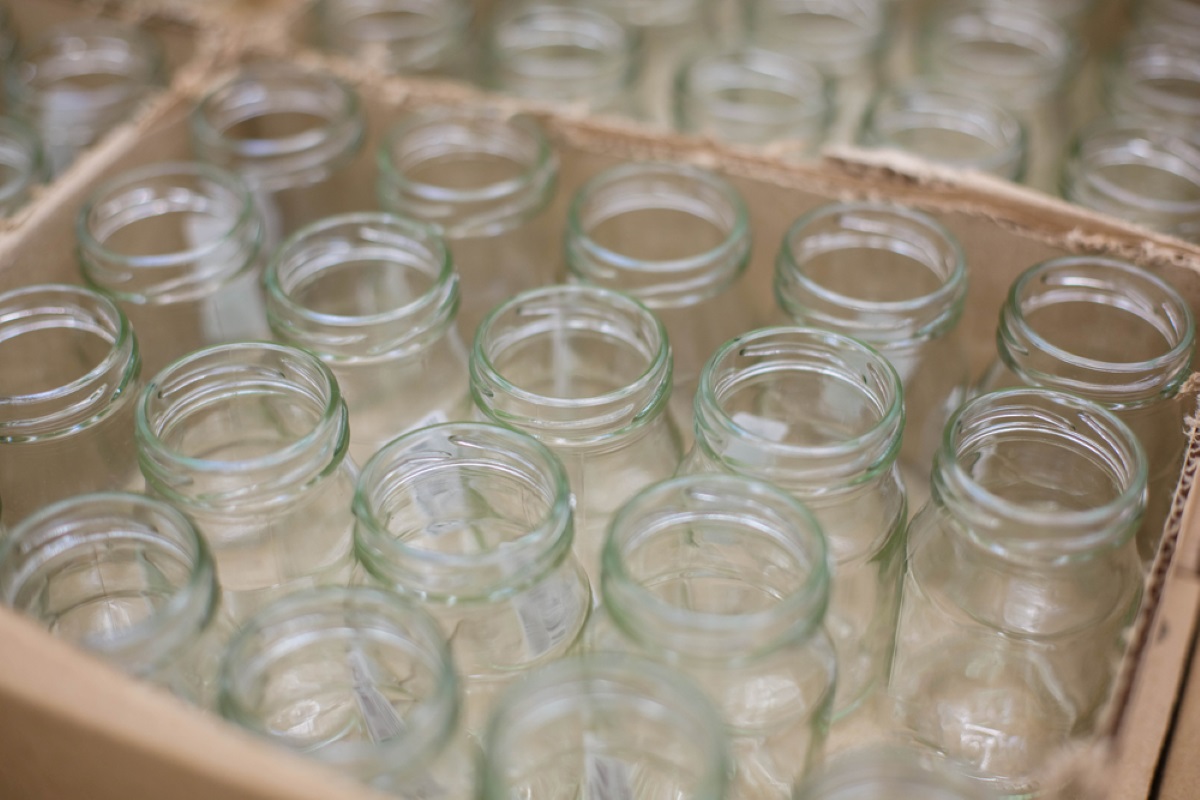
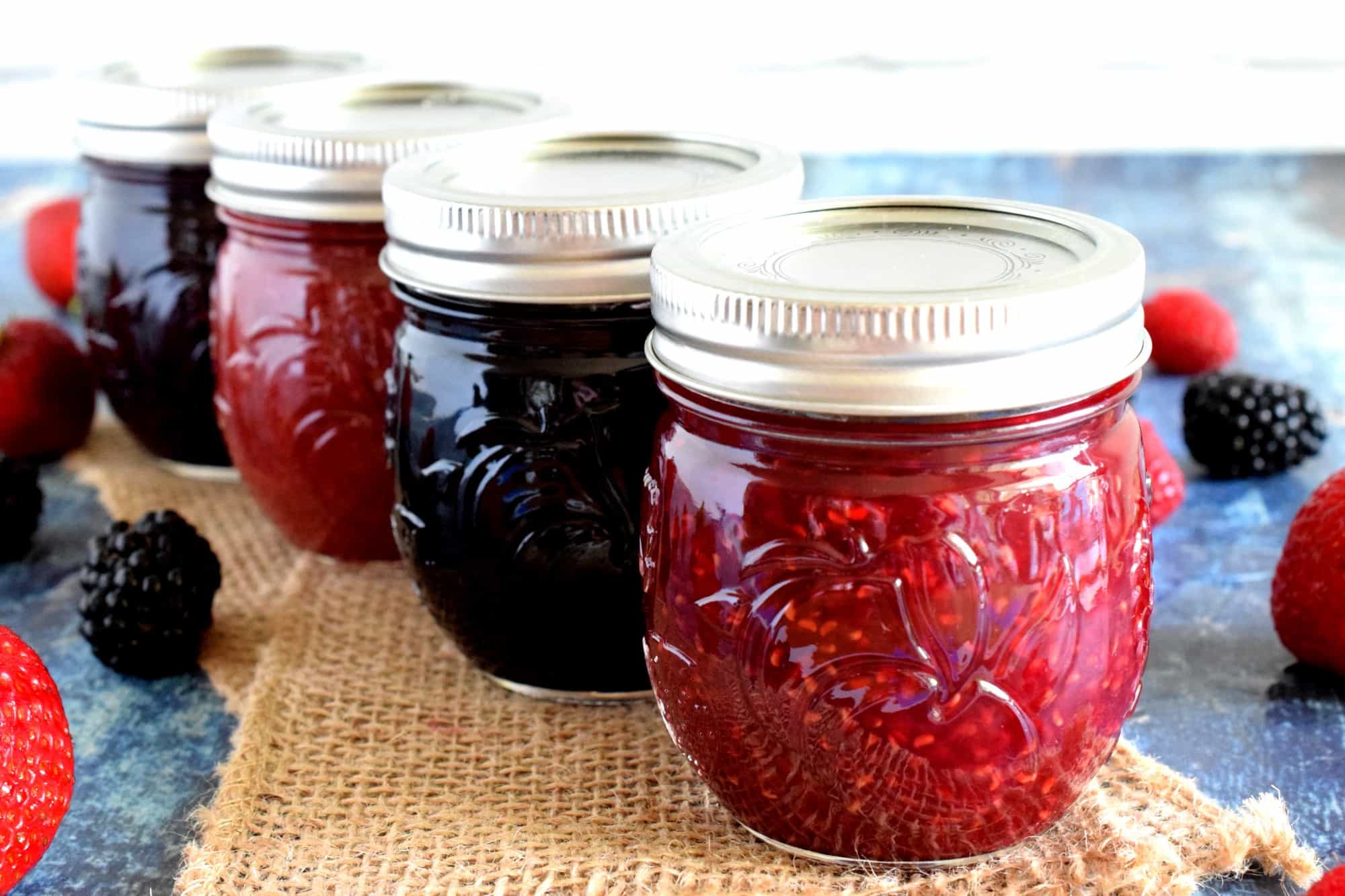
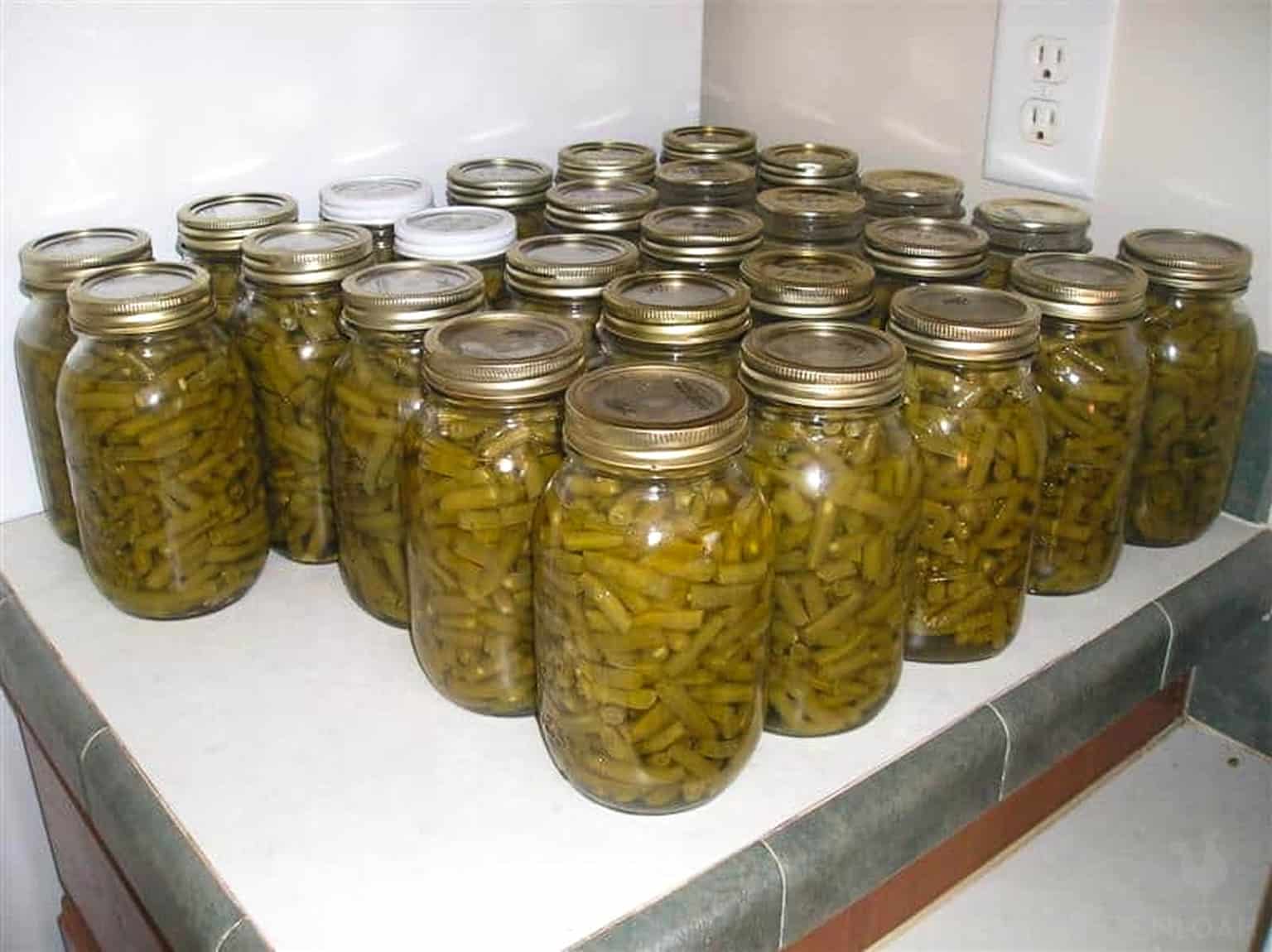
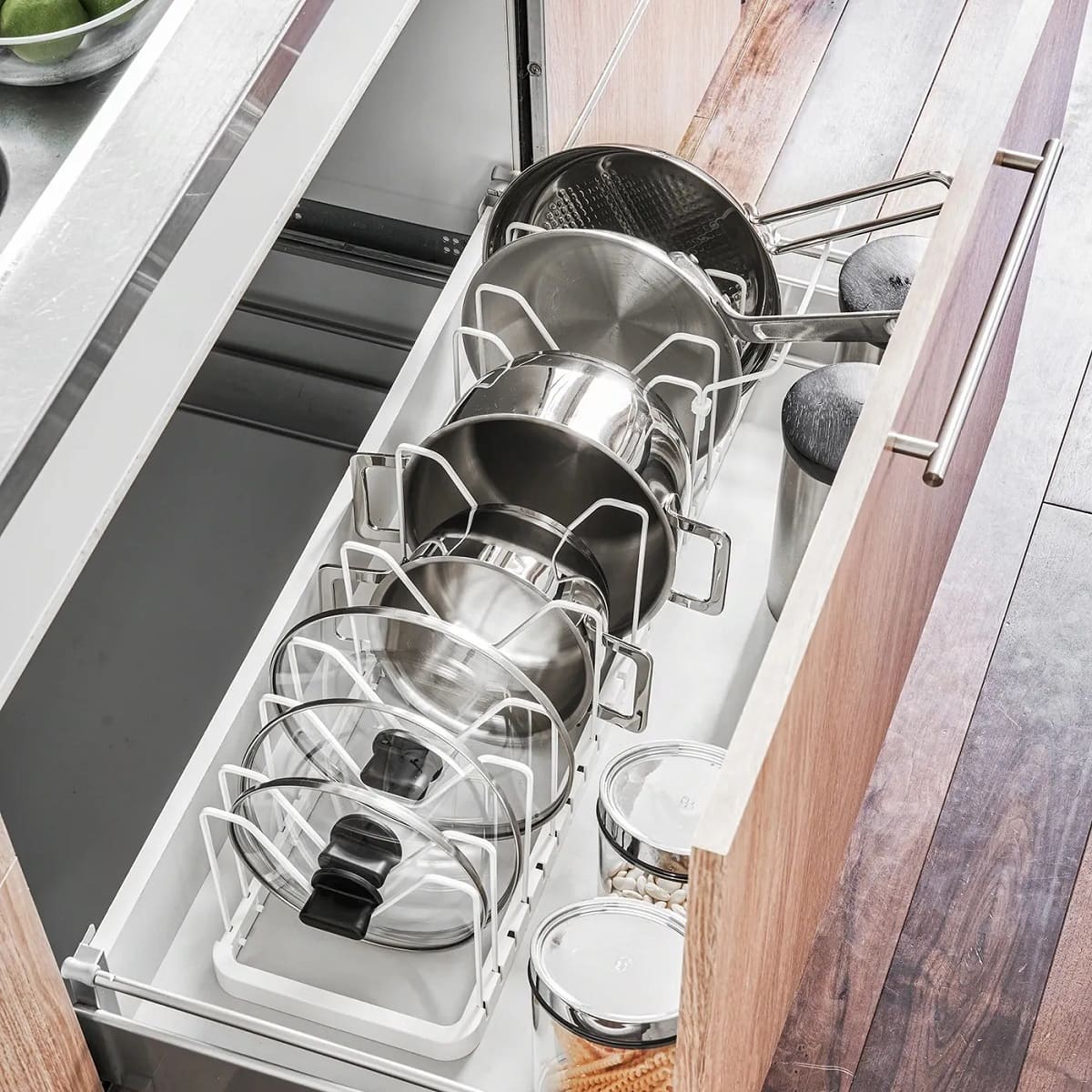
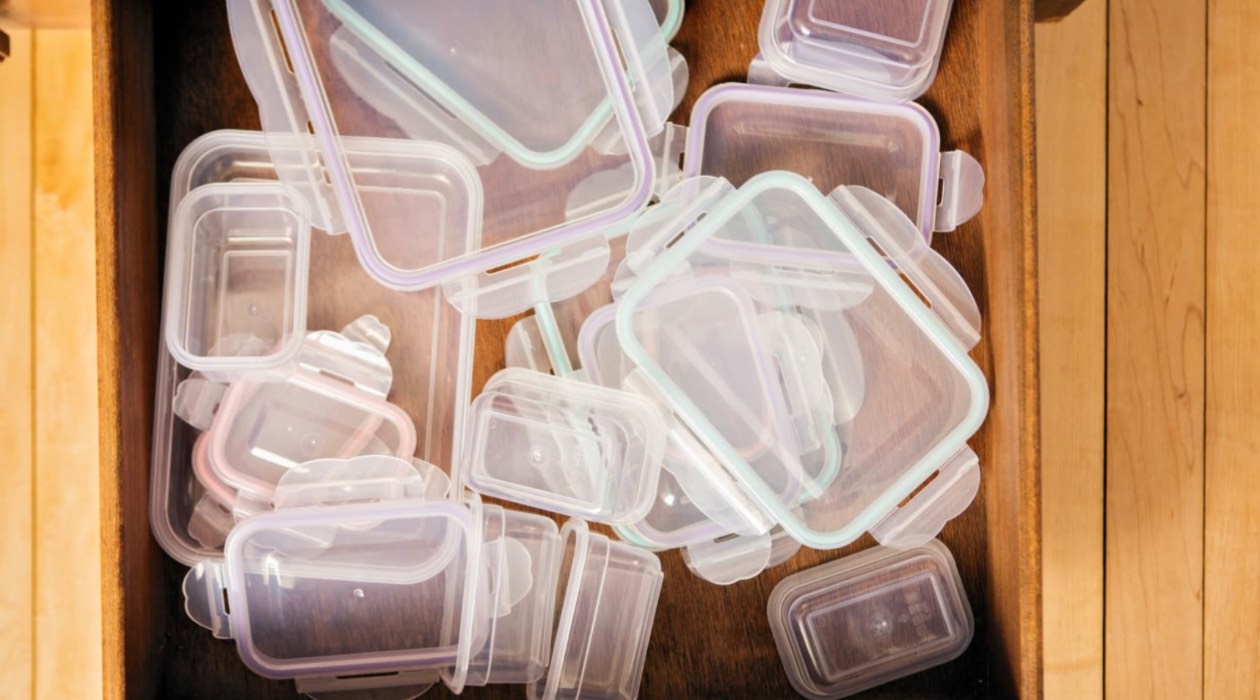
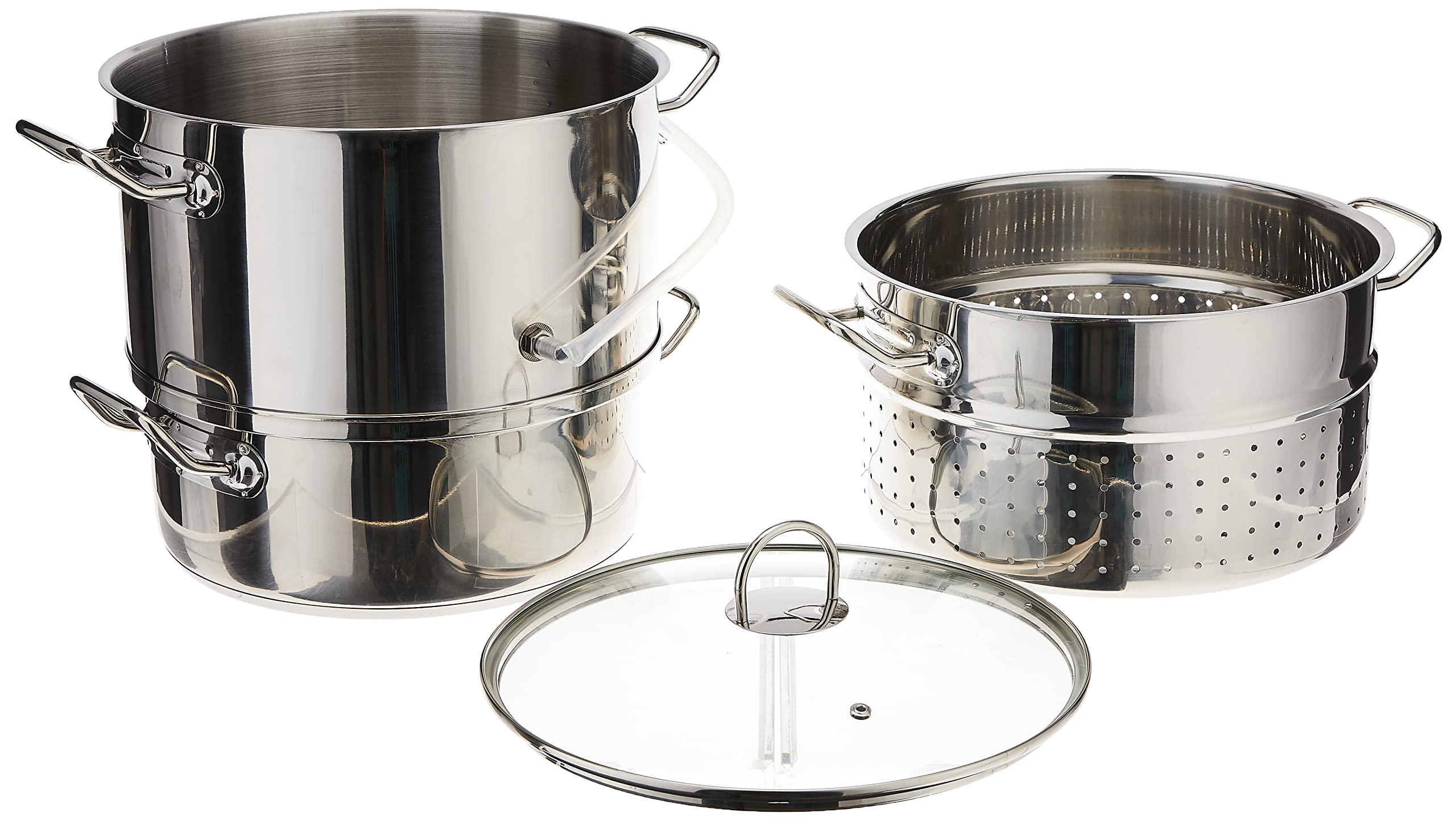
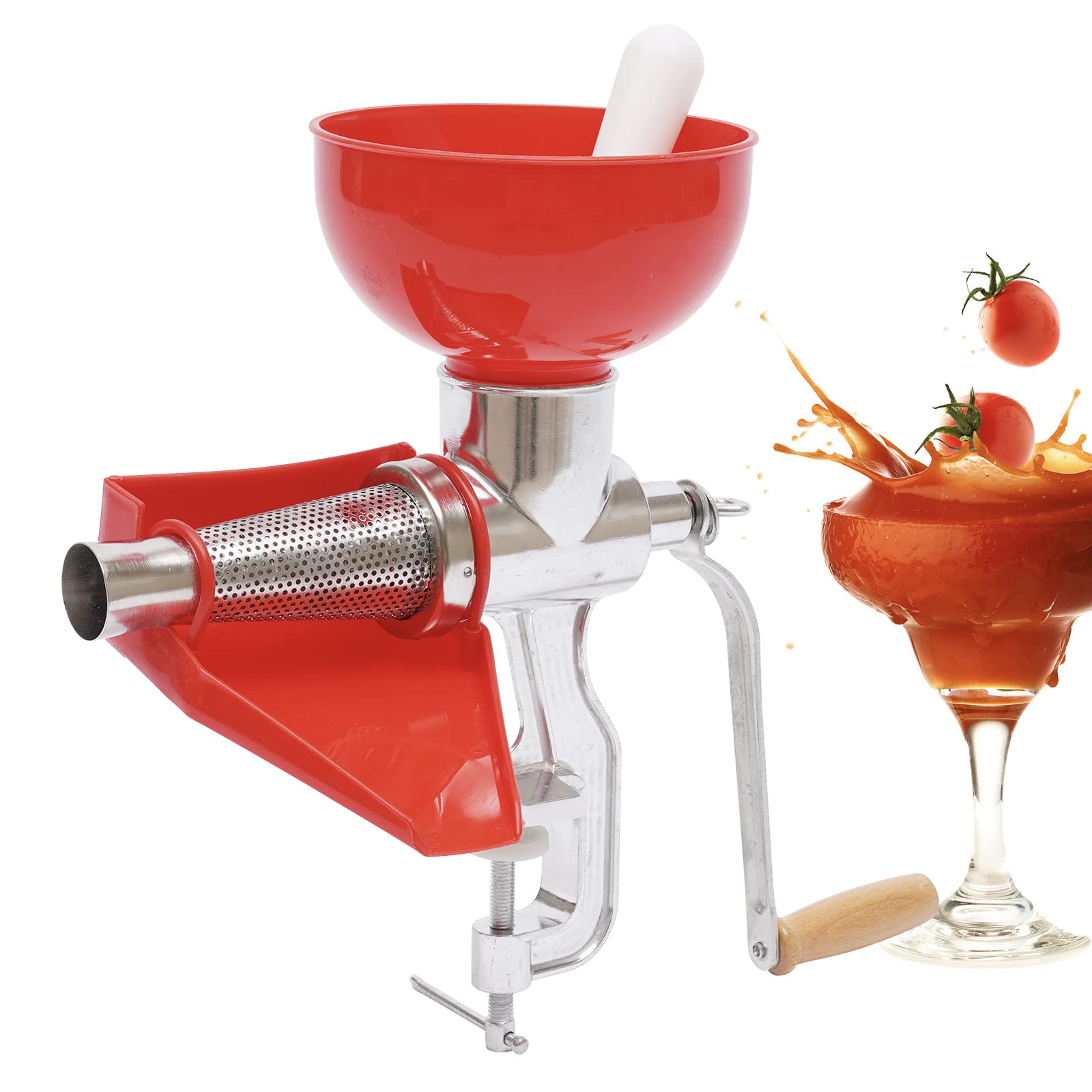
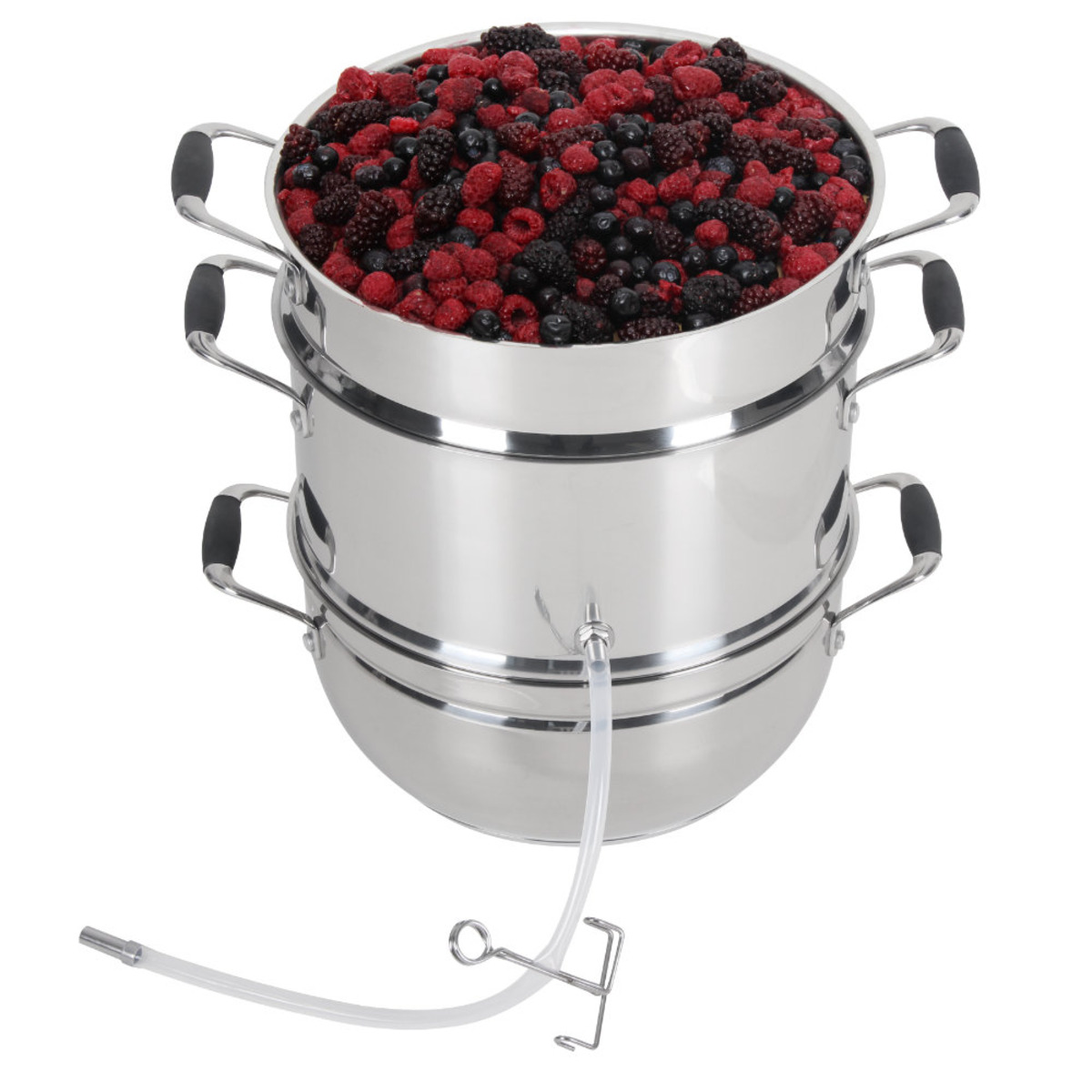
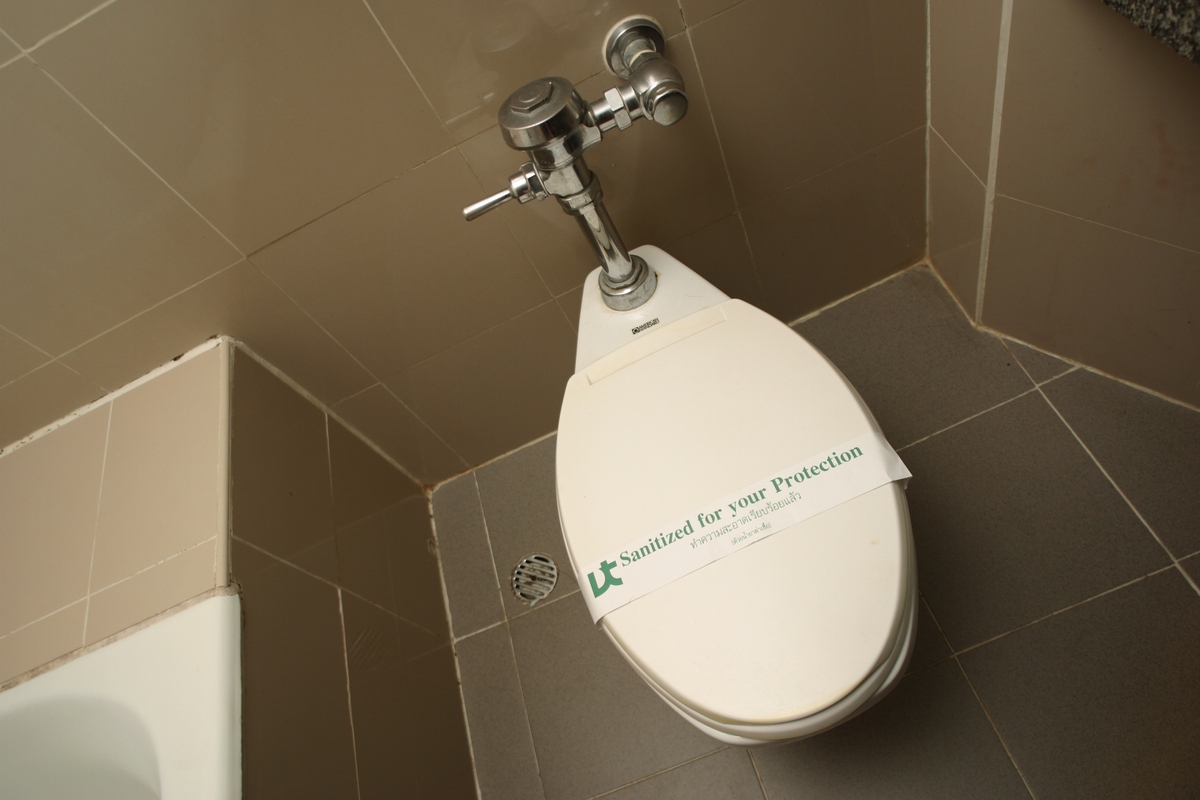
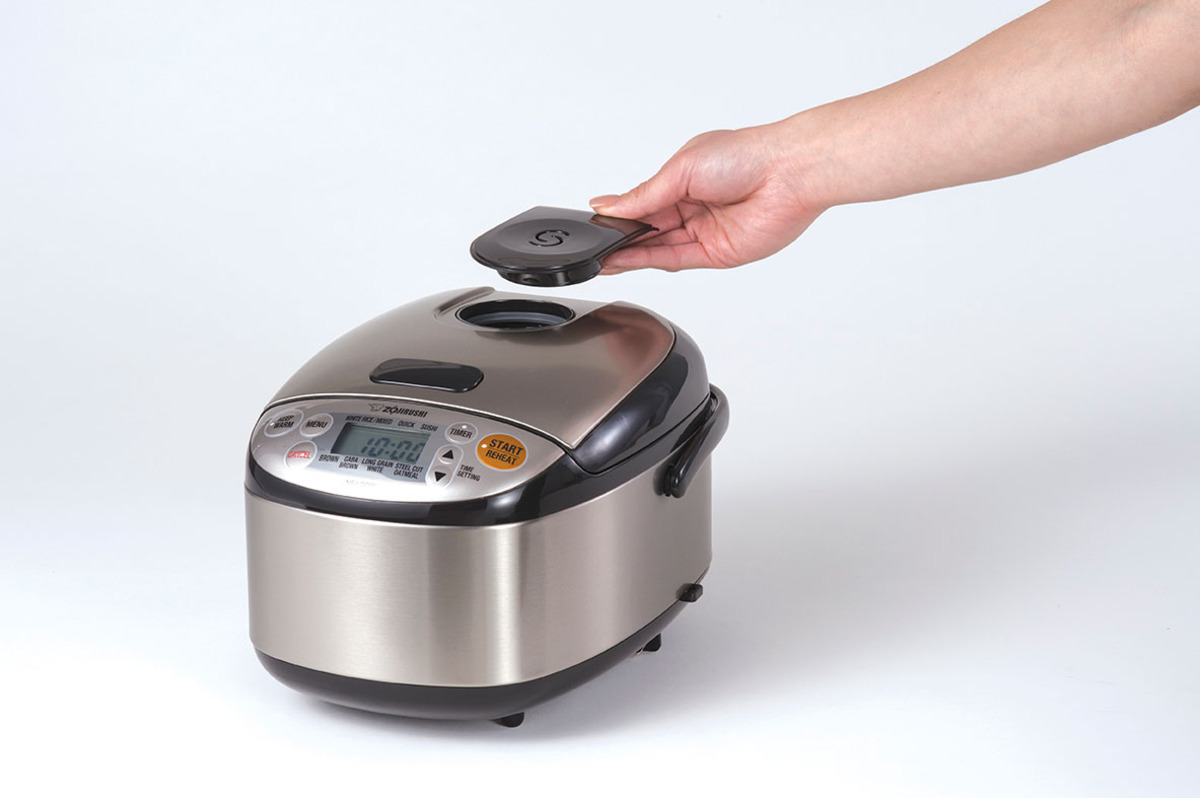
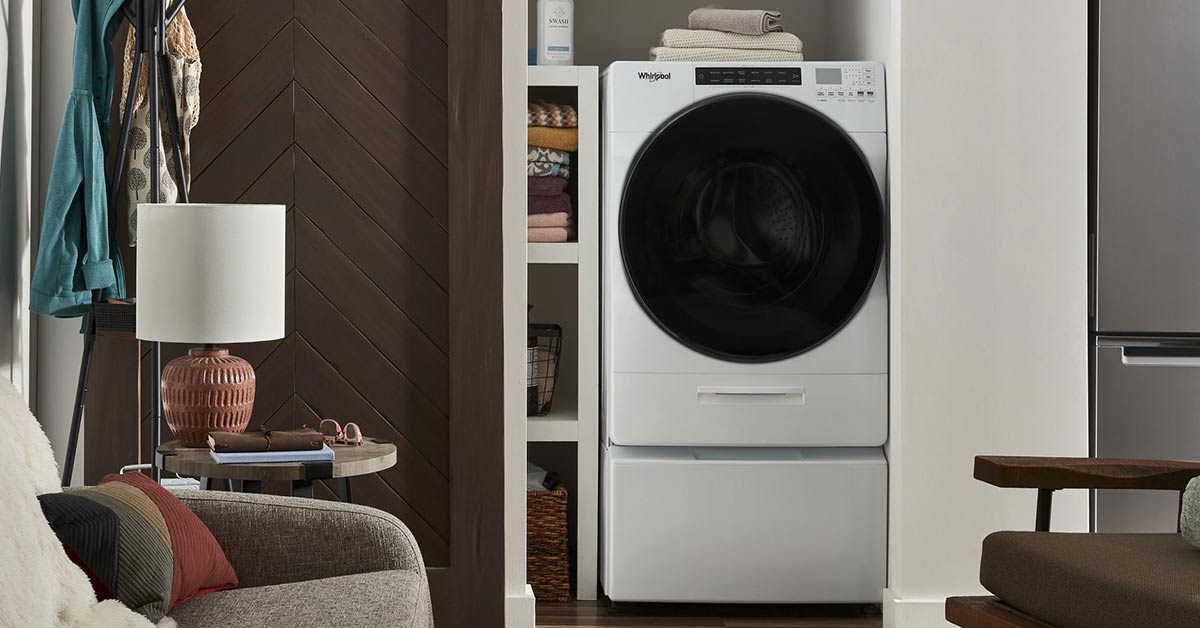
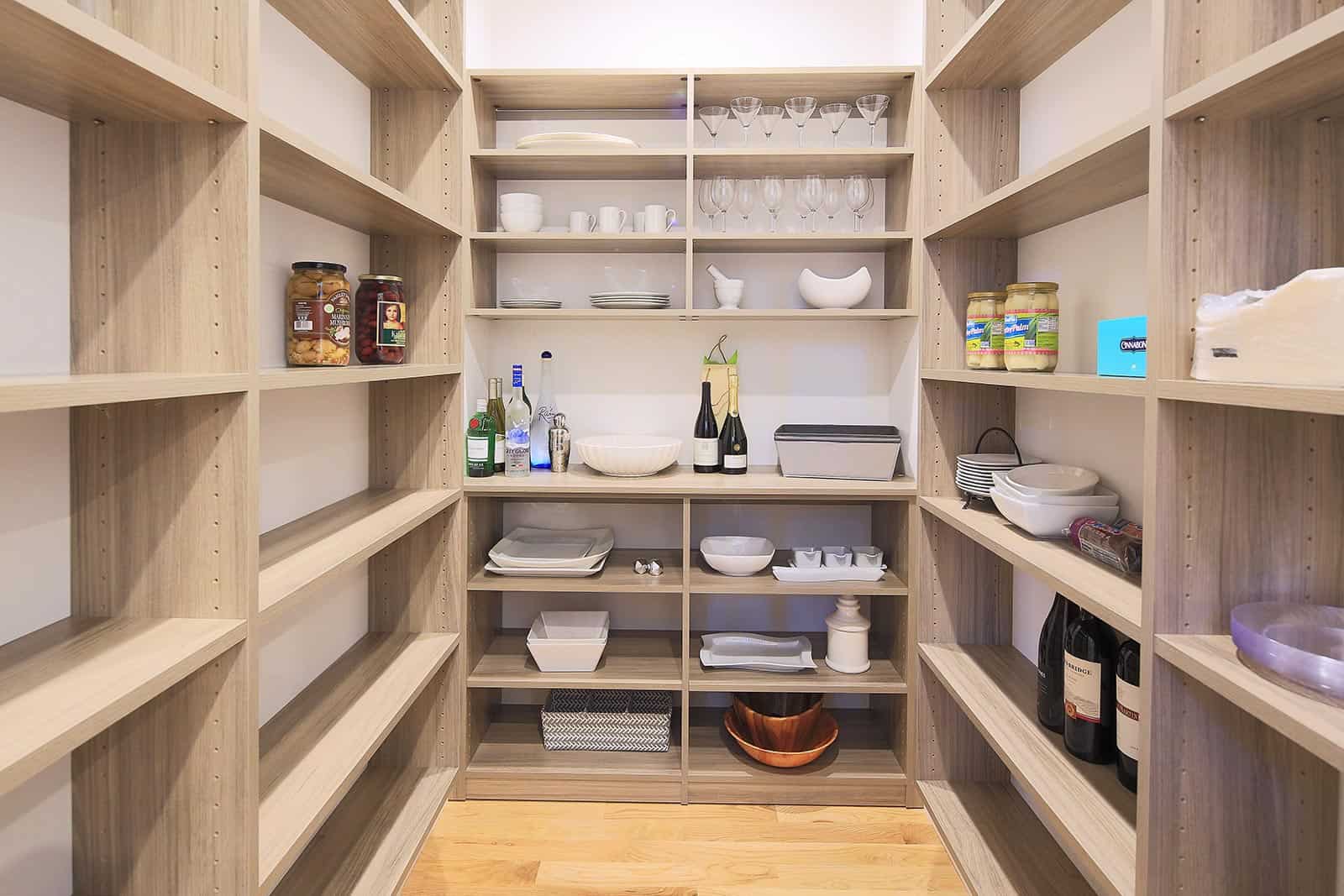
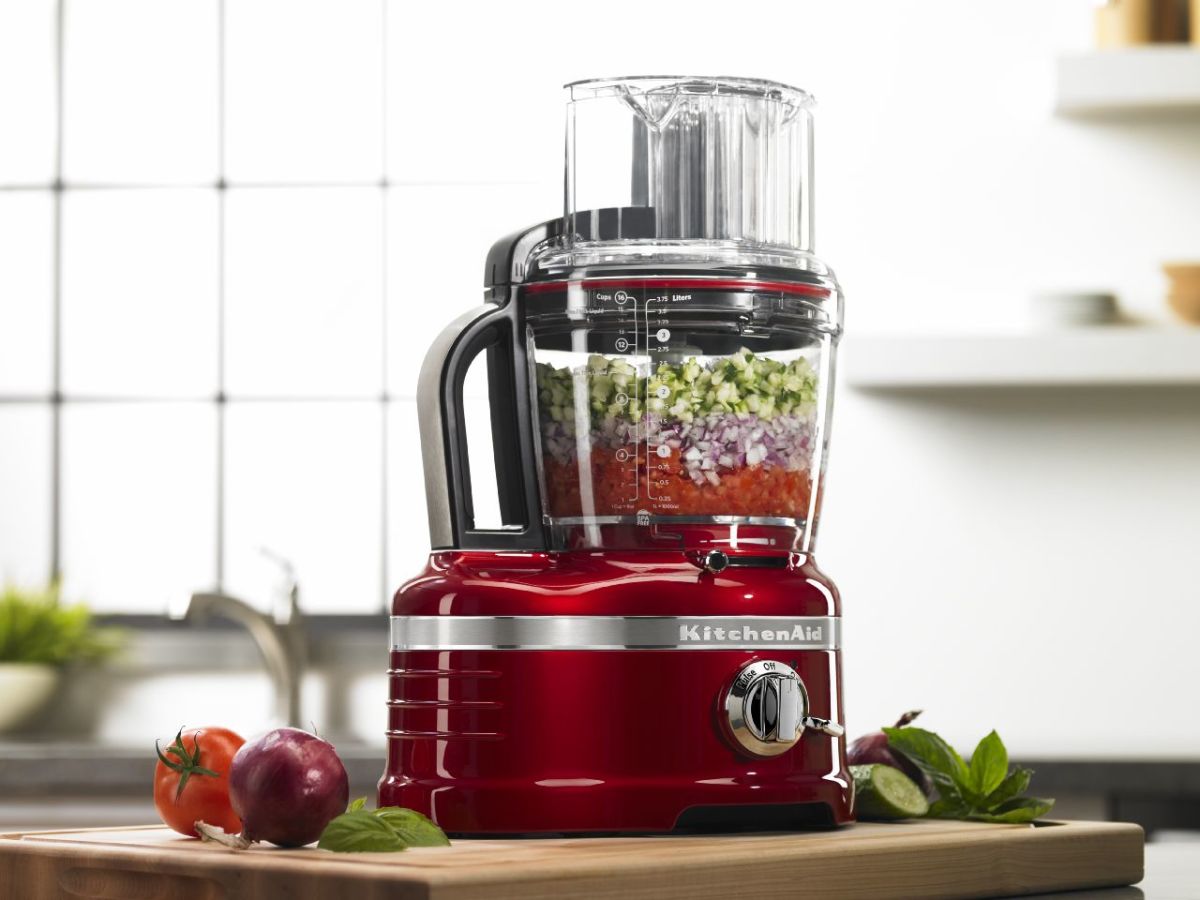
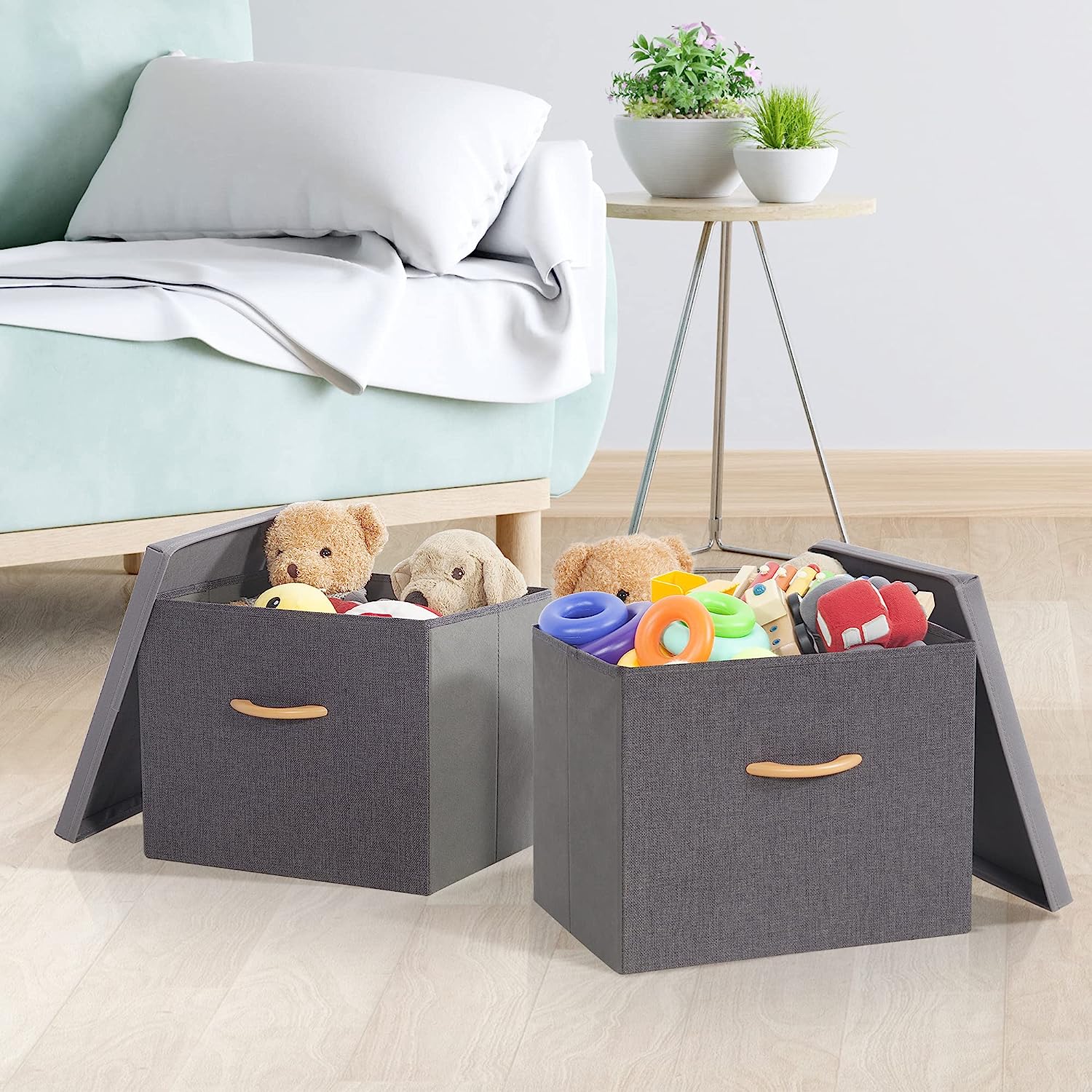

0 thoughts on “How To Store Canning Lids”